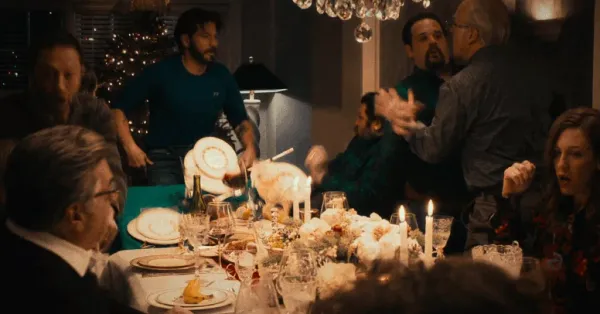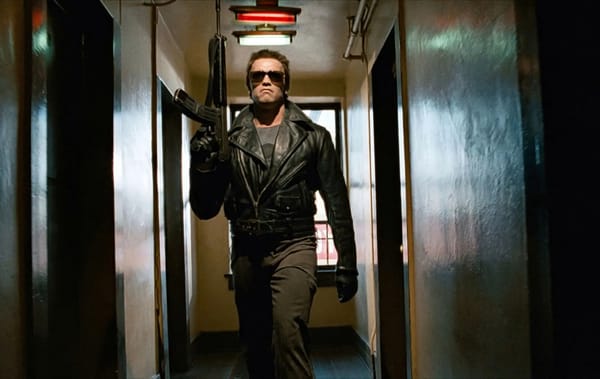On a scale of Frankenstein to Pygmalion
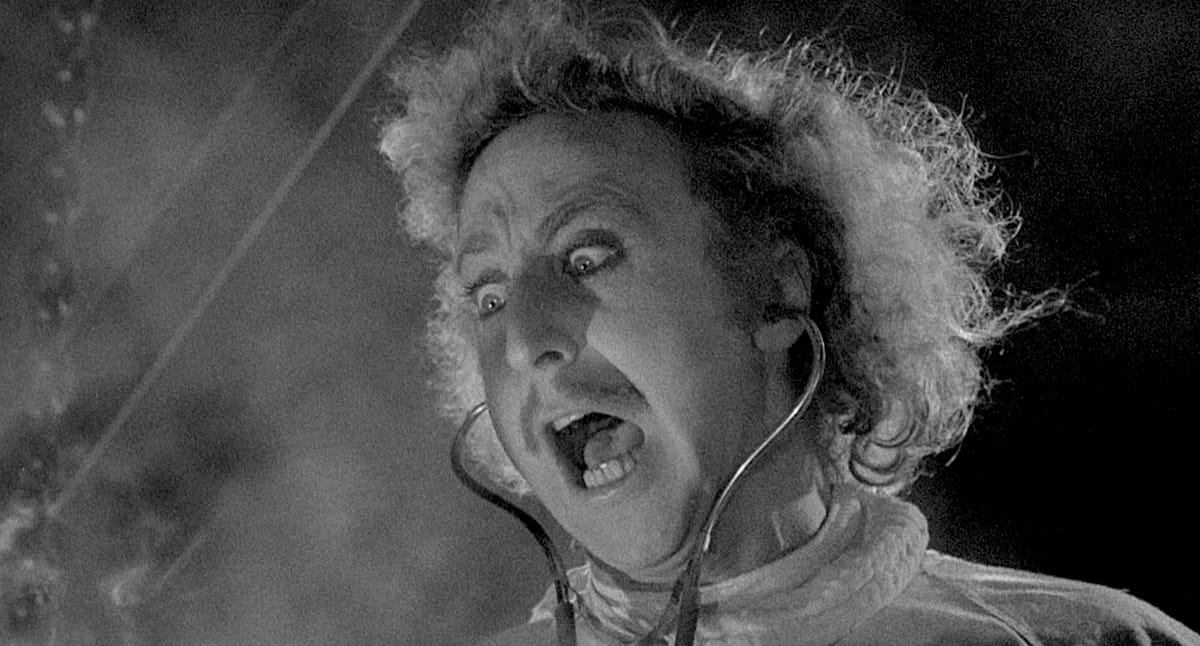
We're looking at the family tree of narratives stretching from two different stories about an unnatural creation of life.
Dr. Frankenstein defied medical science and the forces of nature to turn dead flesh into a living being. As a result, the Doctor is punished and his creation acts out in monstrous ways.
Pygmalion carved a statue of a woman, then fell in love with her as he believed no woman could ever be as perfect. His craftsmanship and devotion earned the favor of Aphrodite. The goddess granted Pygmalion his wish, and brought the statue to life.
Understanding how a story sees the relationship between creator and creation, as well as whether the creator acts out of hubris or devotion, can help flesh out the bigger picture.
But the stories don’t always have a single clean point of reference. There’s a continuity of possible scenarios stretching from Frankenstein to Pygmalion.
My Fair Lady
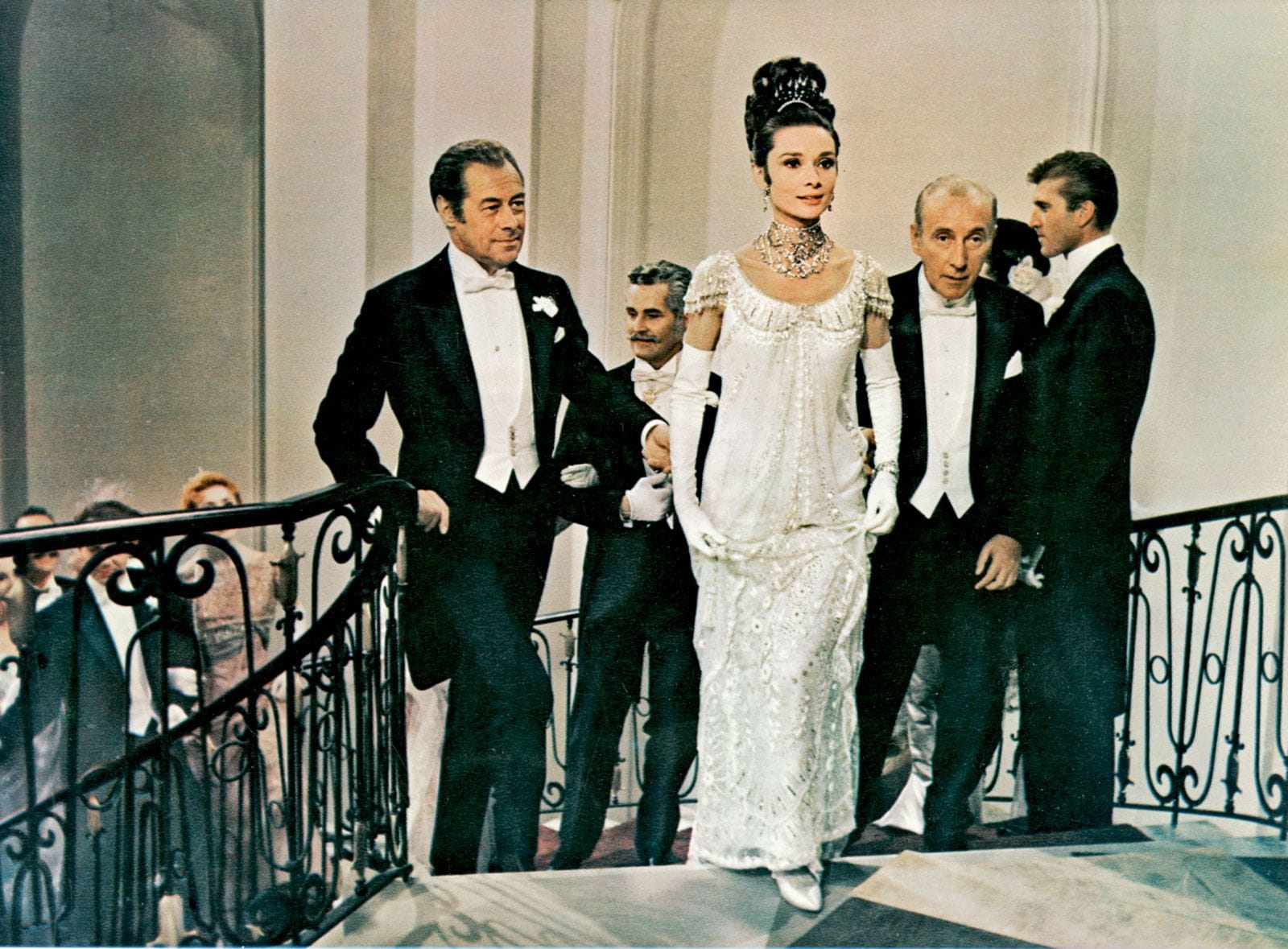
Professor Henry Higgins takes on the challenge of teaching Eliza Doolittle how to speak and behave in such a way to pass her off as a duchess at an upcoming ball. While initially repelled by the very thought of romance, or the idea that Eliza is anything other than clay for him to sculpt to prove his elocutional and educational prowess... Eventually he grows accustomed to her face and sees her fully as a real human worthy of his respect and admiration.
This one is Heavily Pygmalion, but not just because it was originally adapted as a musical form of a stage play of Pygmalion. The act of creation is about bringing Eliza in line with a sense of beauty that Higgins has devoted his life to the study of. While he may be trying to fool members of high society, he does it to prove the value of conforming to their speech and manners.
Lars and the Real Girl
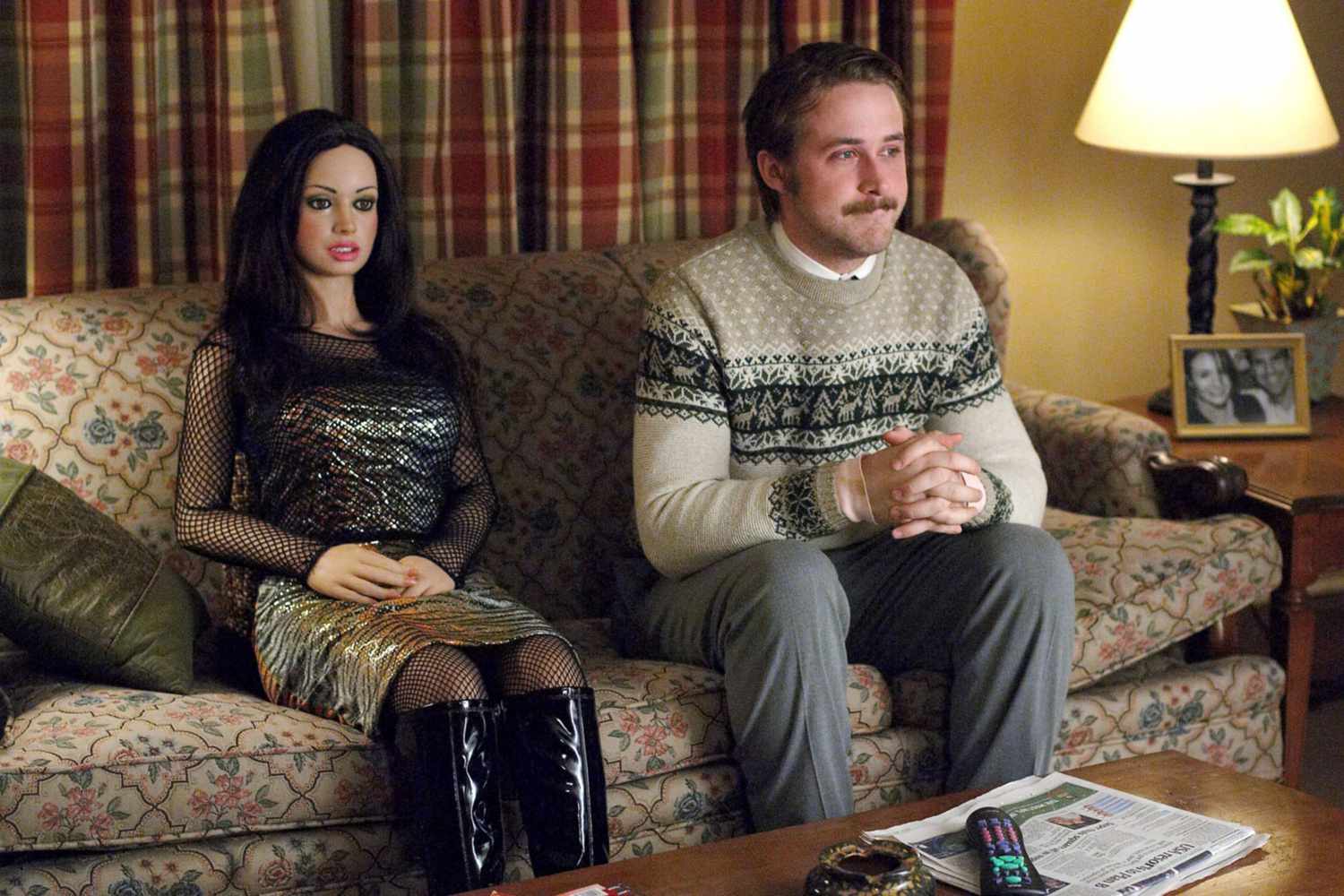
Lars introduces his brother Gus and Gus’s wife Karin to his new girlfriend Bianca. Bianca just happens to be a lifelike doll Lars ordered from an adult website.
It’s not a stunt. He’s totally earnest in what he’s doing. Soon more people start working to help Bianca integrate into their community, but as a way to also bring Lars out from the cold.
This film Leans Pygmalion because we have an inanimate representation of a person seemingly brought to life, but there’s a shift. It’s not a reward from a deity, but it’s the concerted effort of an entire town choosing to take care of one of their own on his own terms.
Vertigo
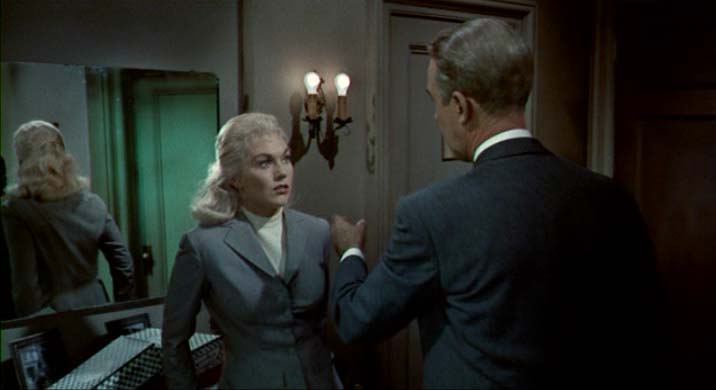
On the one hand, Scottie spends the back half of this movie trying to turn Judy into a recreation of Madeleine, the woman he loved who he saw fall to her death. It’s right on the line, where we have the Pygmalion-style idealization along with the Frankensteinian desire to unnaturally resurrect the dead.
But then the audience gets the reveal that Judy and Madeleine were the same person the whole time. Scottie was hired to follow Madeleine by her husband Gavin. But Gavin had already killed Madeleine, and was paying Judy to impersonate her and seduce Scottie as part of an elaborate scheme to hide the murder.
This one fits Solidly in the Middle, because there’s the attempts to craft an ideal image, but it’s tied in with an unnatural “resurrection,” a monstrous crime, and the torment Scottie and Judy go through as pawns in Gavin’s gambit.
Blade Runner
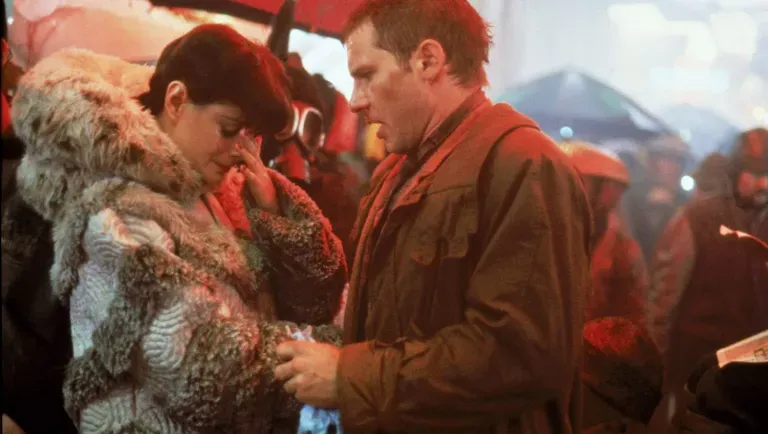
The Tyrell corporation’s slogan is “More human than human.” That gives you a clue what angle we’re going to see here.
There are two different creations happening in this story. First, the Nexus 6 replicants who appear human, but are cursed with a planned obsolescence: six years of life. Treated as slaves and machines, hunted if they go rogue, and desperate for a longer life, they cover our Frankenstein side.
But then there’s Rachael. Tyrell’s assistant is a more advanced replicant who doesn’t even know she was manufactured. Tyrell implanted her with the memories of his niece and keeps the truth of her construction from her.
And right in the middle we have Rick Deckard. It’s his job to hunt down the rogue Nexus 6 replicants, but he also gets entangled with Rachael. Tyrell’s introduction of Rachael to Deckard is part of his Pygmalion-like desire to see if he has crafted a replicant so convincing that a replicant hunter can’t tell she’s not human.
Call this A little from column A and a little from column B.
Ex Machina

Billionaire recluse Nathan invites his employee Caleb out to test his latest invention: Ava, an artificial intelligence in a human form.
Nathan is Pygmalion and Frankenstein in one all-dancing, all-drinking, all-ranting egomaniac. There’s the cruelty he shows toward his creations, and their hidden animus toward him. He is a monster creating monsters that are coldly logical, deceptive, and powerful.
He’s also crafted all of these experiments in the form of statuesque women. But it doesn’t have the same kind of devotion and urge to show respect and awe for actual humans. Nathan is manipulative and abusive toward his AI models.
This story leans Frankenstein in a big way, but it also flirts with some of the elements of Pygmalion, like how Caleb convinces himself that Ava has real, relatable romantic feelings toward him.
Poor Things
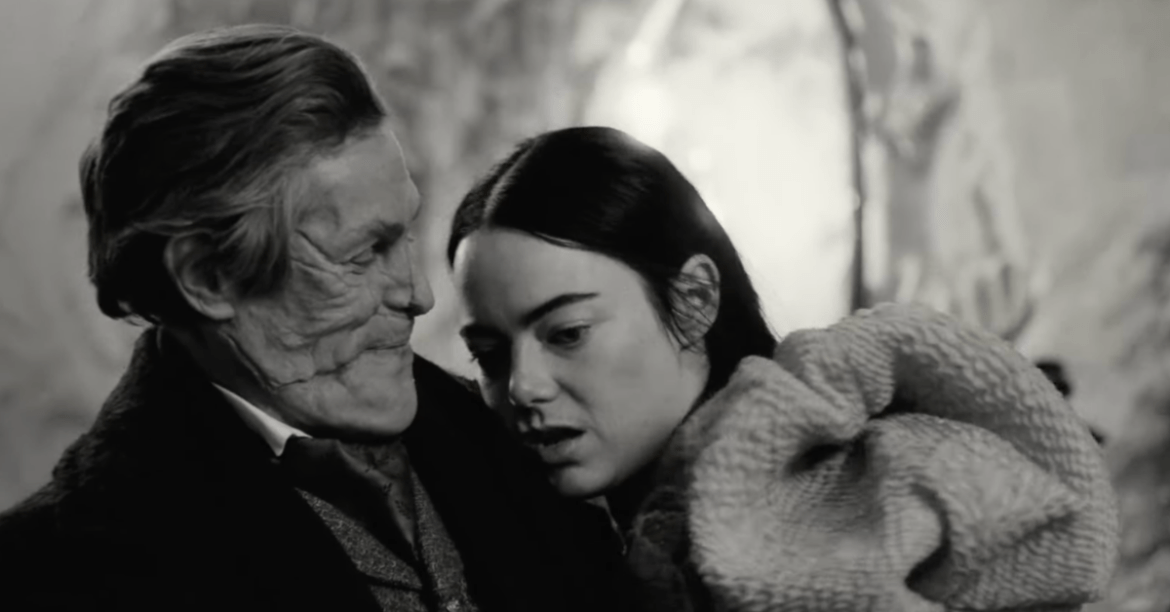
Scientist Godwin Baxter (aka “God”) has apparently saved a woman’s life through an experimental medical innovation. Bella was a pregnant woman who attempted suicide by leaping off a bridge, but Godwin was able to transplant her baby’s brain into Bella’s skull and return her body to life.
This is pure Frankenstein, because the story confronts science, nature, and notions of polite society, using Bella’s growing intellect as a way to dig deeper and deeper into pointing out the injustices and ironies of the world around her.
Takeaways
- A story can owe a debt to an earlier, iconic work and still have its own tale to tell.
- Asking yourself if you’ve got a Frankenstein or Pygmalion story on your hands isn’t about finding a structure to copy. It’s a way to help keep yourself focused on the relationships between the creator, created, and the larger world.
- It’s not all or nothing. Many stories have bits of both stories’ DNA. It’s about how they’re combined and for what purpose that makes the difference.


